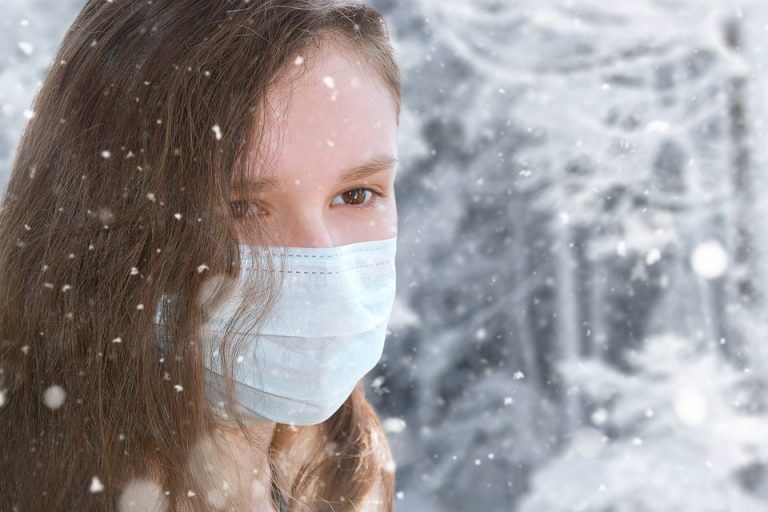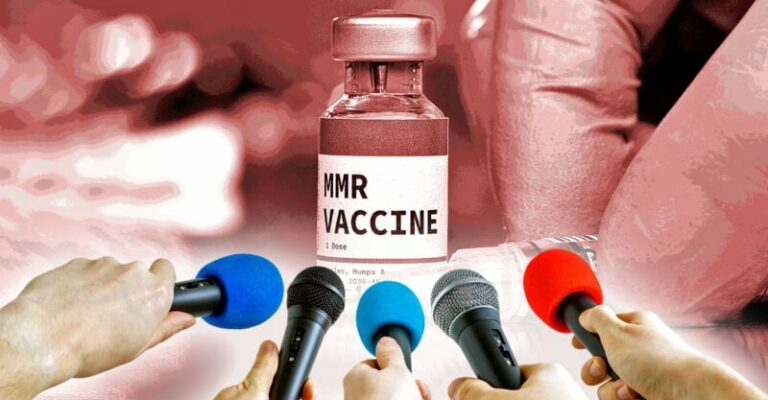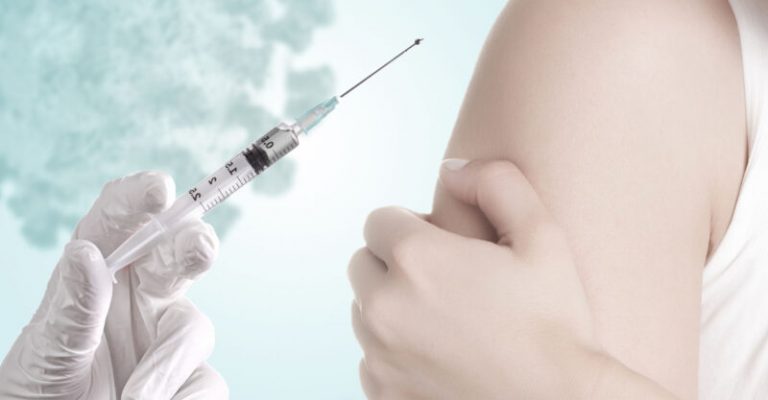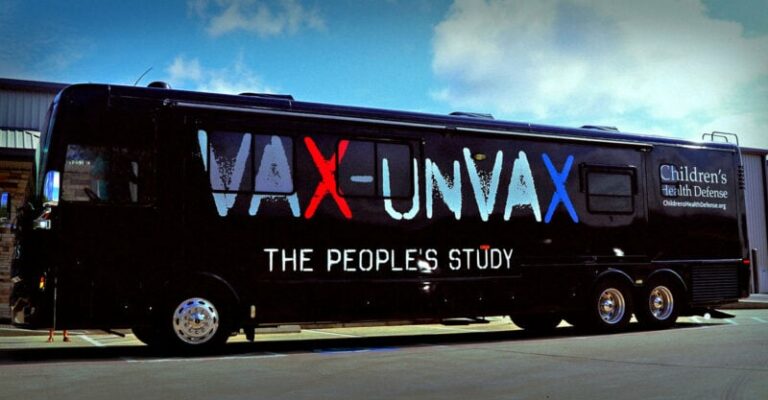Why Are Infants and Children Still Getting Unlicensed COVID Vaccines?
The two COVID-19 vaccines available for children are still not FDA-licensed, were never determined to be safe and only “may be” effective. But that doesn’t stop the CDC from claiming the vaccines are “safe and effective” — and recommending them for all children.
Published in The Defender May 22, 2024 by Ray L. Flores II, Esq.
If a parent takes her children to receive COVID-19 injections, her 12-year-old could receive a vaccine fully licensed by the U.S. Food and Drug Administration (FDA) — but her 11-year-old must accept an unlicensed COVID-19 vaccine, available only under emergency use authorization (EUA).
The 12-year-old receives the “safe and effective” vaccine, while the 11-year-old gets the investigational “may be effective” injection, not licensed as “safe,” with an even lower “effectiveness” standard than FDA-licensed biologics.
Enter the age of perpetual EUAs.
After three-and-a-half years of these mRNA vaccines being on the market, why doesn’t our FDA license these investigational products for children? Aren’t they safe and effective?
The formerly critical distinction between licensed and authorized is now merely a formality — because in the event of injury or death, both vaccines are considered covered countermeasures under the Public Readiness and Emergency Preparedness (PREP) Act and thus shielded from liability.
The Centers for Disease Control and Prevention (CDC) blurs the line even further by claiming investigational COVID-19 vaccines for children are safe and effective. But their misleading claims are shielded by the PREP Act too.
The FDA lists five COVID-19 vaccines available in the U.S.
Two of these — Moderna and Pfizer-BioNTech — are available under an EUA for infants and children ages 6 months through 11 years. For people 12 and older the licensed Comirnaty (Pfizer) or Spikevax (Moderna) are available. Novavax is available under an EUA for people 12 and older.
“Safe and effective” is a standard that doesn’t adhere to the common meaning. For regulatory authorities, “the meaning of ‘safe’ has historically been interpreted to mean that the benefits of the drug outweigh its risks.”
However, according to the dictionary, “safe” means free from harm or danger and secure from loss.
Everyone knows, whether licensed or not, the true meaning of the word “safe” is hardly applicable to describe COVID-19 vaccines. Safety shouldn’t be merely window dressing rendering “safe and effective” superficial.
The FDA claims that “efforts to speed vaccine development to address the ongoing COVID-19 pandemic have not sacrificed scientific standards, integrity of the vaccine review process, or safety.”
These FDA career professionals evaluating EUAs “are like your family — they are fathers, mothers, daughters, sons, sisters, brothers and more.”
The CDC doubles down on purported safety and efficacy even when it has no authority to assert that COVID-19 vaccines are safe and effective.
According to the CDC, “The safety of COVID-19 vaccines has been rigorously monitored and evaluated since their emergency use authorization (EUA) in December 2020. The updated mRNA COVID-19 vaccines for 2023-2024 are manufactured using a similar process to the previous vaccines. … The benefits of COVID-19 vaccination outweigh the known and potential risks.”
The CDC conflates clinical trial results with the safety and efficacy of the finished product as if they were licensed, stating: “Clinical trials and safety monitoring show that COVID-19 vaccination is safe for children and teens.”
This is misleading because these vaccines were never licensed. The CDC is referring only to trials, not licensure — but you wouldn’t know it.
The CDC is shielded from liability because the PREP Act protects against lawsuits for false advertising, as the “immunity under paragraph (1) applies to any claim for loss” based on labeling, marketing and distribution.
Courts are thus far powerless to second-guess FDA
The courts have avoided second-guessing these regulatory agencies on issues of licensure and authorization. For example, U.S. District Judge Emmet G. Sullivan opined in Doe v. Rumsfeld that courts are “mindful that the standard of review for agency action is highly deferential. … Ordinary deference may be heightened even further in cases involving scientific or technical decisions.”
The FDA’s “judgment as to what is required to ascertain the safety and efficacy of drugs” thus falls “‘squarely within the ambit of FDA’s expertise and merit[s] deference from’ the courts.”
Must the people remain powerless?
The following excerpt from a reply brief the U.S. Department of Health and Human Services filed this week in Smith v. HHS confirms that HHS’ representation of the word “safe” is an incongruous non sequitur.
HHS told the court, “Inherent in the PREP Act’s design is the recognition that even where a treatment is safe, effective, and necessary to deploy during a public health emergency, it may cause serious injuries to some people.”
This begs the question: How can something “safe” cause serious injuries?
Regardless of the danger, the PREP Act makes these mRNA injections safe from liability and effective in implementing mandates.
All COVID-19 vaccines and treatments distributed by the U.S. government are covered by PREP Act protections and flexibilities, which currently extend through Dec. 31, 2024.
——————————————————————————————————————-
The views and opinions expressed in this article are those of the authors and do not necessarily reflect the views of Children’s Health Defense.

Ray L. Flores II, Esq. is a health freedom rights attorney. His interest in natural living started in the 1980’s when he began working in the burgeoning natural foods industry.
Suggest a correction







